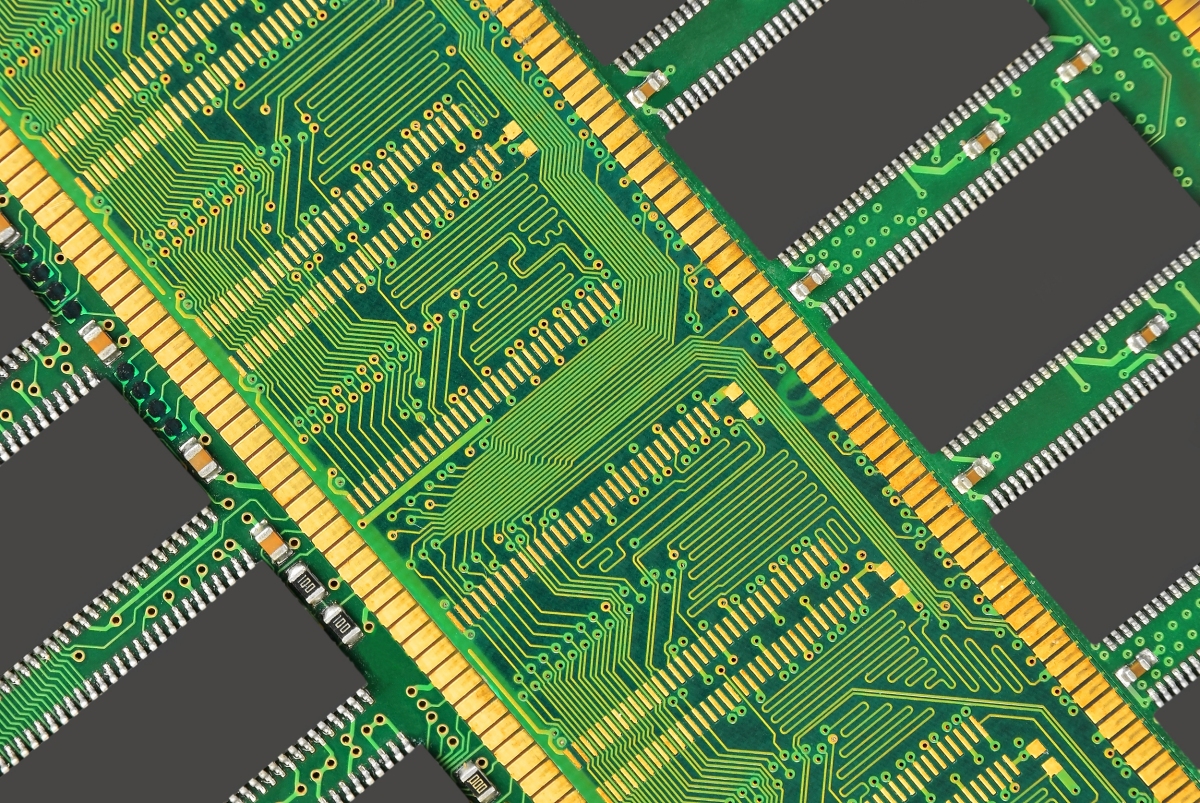The big picture: The downturn likely won't have much of an impact on major players over the long-term. SK Hynix recently announced plans to build four new fabs as part of a $107 billion investment and Micron is doubling down on an IC testing and packaging facility in Taiwan. Samsung, meanwhile, is working on a second fab in Pyeongtaek.
First quarter DRAM contract prices are expected to decline by nearly 30 percent this quarter, the sharpest single-season decline since 2011, according to a recent report from DRAMeXchange, a division of market intelligence firm TrendForce.
The most recent market observations show that inventory levels have continued to climb ever since contract prices dropped in the fourth quarter of 2018. As a result, most DRAM suppliers are now holding about six weeks' worth of inventory.
Intel's supply shortage, which is expected to run through the end of the third quarter, is primarily to blame. The slowdown means that PC OEMs aren't able to consume as much DRAM as they normally would, thus pushing the market into freefall.
If demand doesn't make a strong comeback, high inventory will continue to cause down-corrections in prices. That's not much consolation, however, as even large reductions in prices won't be effective in driving sales.
DRAMeXchange predicted this exact scenario last fall.
Lead image courtesy Unkas Photo via Shutterstock
